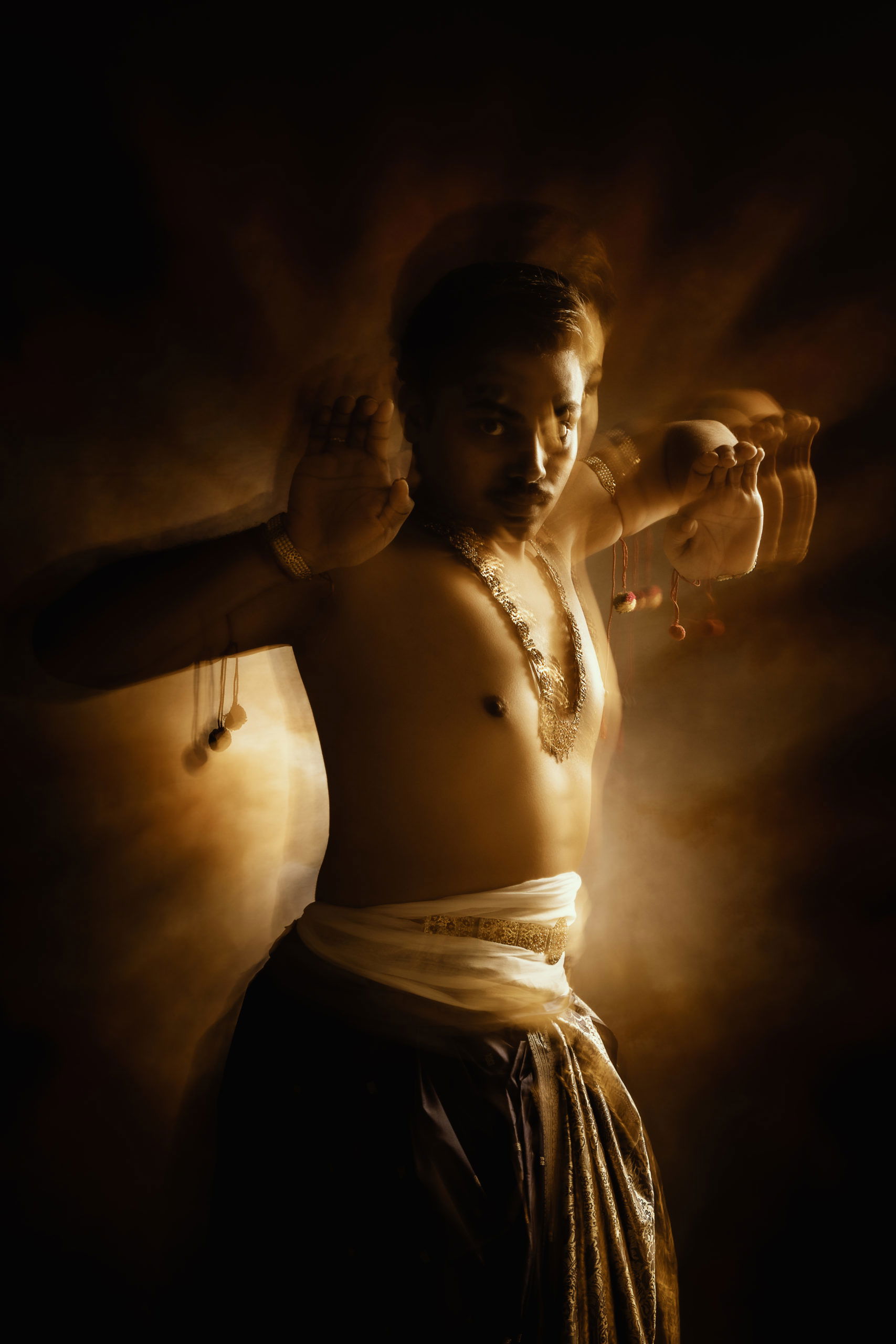IMPRESSIONISM IN FASHION PHOTOGRAPHY


“Since the initial days in my photography I really liked to capture portrait of people and depict their lives in my photos and make a memory. As I learned forward I came across the field of fashion photography which is meant to be capture the essence of the people around us, their attitude and style in the society.”
– IIPian SITANMAY MAITY, BFA Student of Indian Institute of Photography
Since its beginning in 1839, photography has been inspired by painting. Over the years, many painters, chemists and scientists together have made a very large contribution to this. With photographers creating some wonderful visuals and inspired paintings, the real essence of photography came to the fore.
Many art movements played an important role to develop photography. Among the various art movements, major were Realism, Surrealism, Dadaism, impressionism, Expressionism, Modernism, Post – Modernism, etc. These individual art movements also had their own sub categories.
The one art movement that really stood out was the Impressionism which began in the mid-19th century, started by the French painters like Claude Monet, Vincent Van Gogh and Camille Pissarro. It featured small, visible brush strokes, accurate representation of light and the inclusion of a feeling of motion in the composition as a crucial element of human perception and experience and unusual visual angles. Impressionists rebelled against classical subject matter and embraced modernity. creating works and reflected the world in which they lived. The artists constructed their pictures from freely brushed colours that took precedence over lines and contours. They portrayed overall visual effects instead of details, and used short broken brush strokes of mixed and pure unmixed colour, not blended smoothly or shaded, as was customary to achieve an effect of intense colour vibration.


This art movement was greatly followed by many painters as well as photographers, and the joint contribution led to give rise its sub categories such as Neo – Impressionism, Post – Impressionism, Luminism, Fauvism, etc. Among the photographers Edgar Degas, Freeman Patterson, Hal Eastman, Étienne-Jules Marey gave their major contribution to develop the technicalities that made the photo impressionistic. The technicalities included Intentional camera movement, Zooming, Soft Focusing, Long Exposures, Focus Through, Defocusing etc.




Neo – Impressionism was majorly used to depict something or someone’s story by creating the mood and form that can say something more dramatic. The following work follows the elements of Neo – Impressionism, which revolves around the story of a male Bharatanatyam dancer where the dance form is idealized only for women and the men are the irrational being who destroys the society by their overpowering patriarchy. But this artist who performs to show his rage and elegance at the same time uses Raag rasa one of the Navarasa (Feeling of Expression) which is used to show resistance and rage.








Impressionism has been the most radical or revolutionary art movement in history, responsible for all of the modern art movements. It broke the rules so that more radical forms of art will be accepted. Appreciated due to their beauty and their impact on contemporary culture, it has given way to magnificent paintings or photographs produced by artists.
At IIP, we are trying to elevate photography into a modern form of art. Soaking in influences from every corner of the world and allowing photography enthusiasts and students to carve out their own style and impact for years to come.
For details to know more about Indian Institute of Photography and its courses login at www.iipedu.com or email at info@iipedu.com
(Disclaimer: Painting shown in this article are used to showcase great masters work and in reference for study purposes, not for any commercial gain)
DISCLAIMER: The author is solely responsible for the views expressed in this article. The author carries the responsibility for citing and/or licensing of images utilized within the text.
